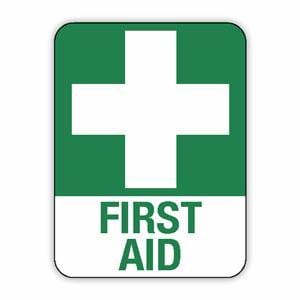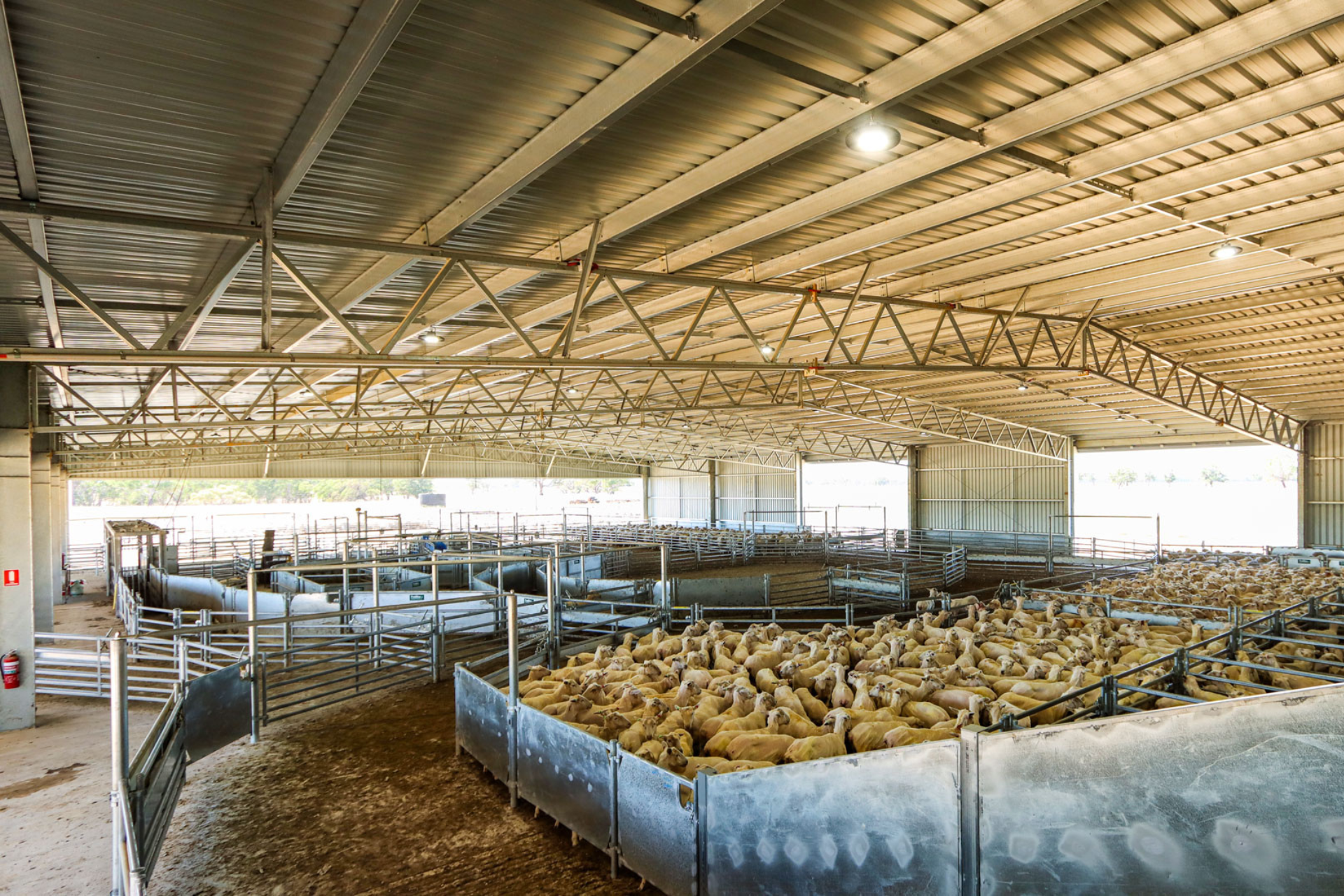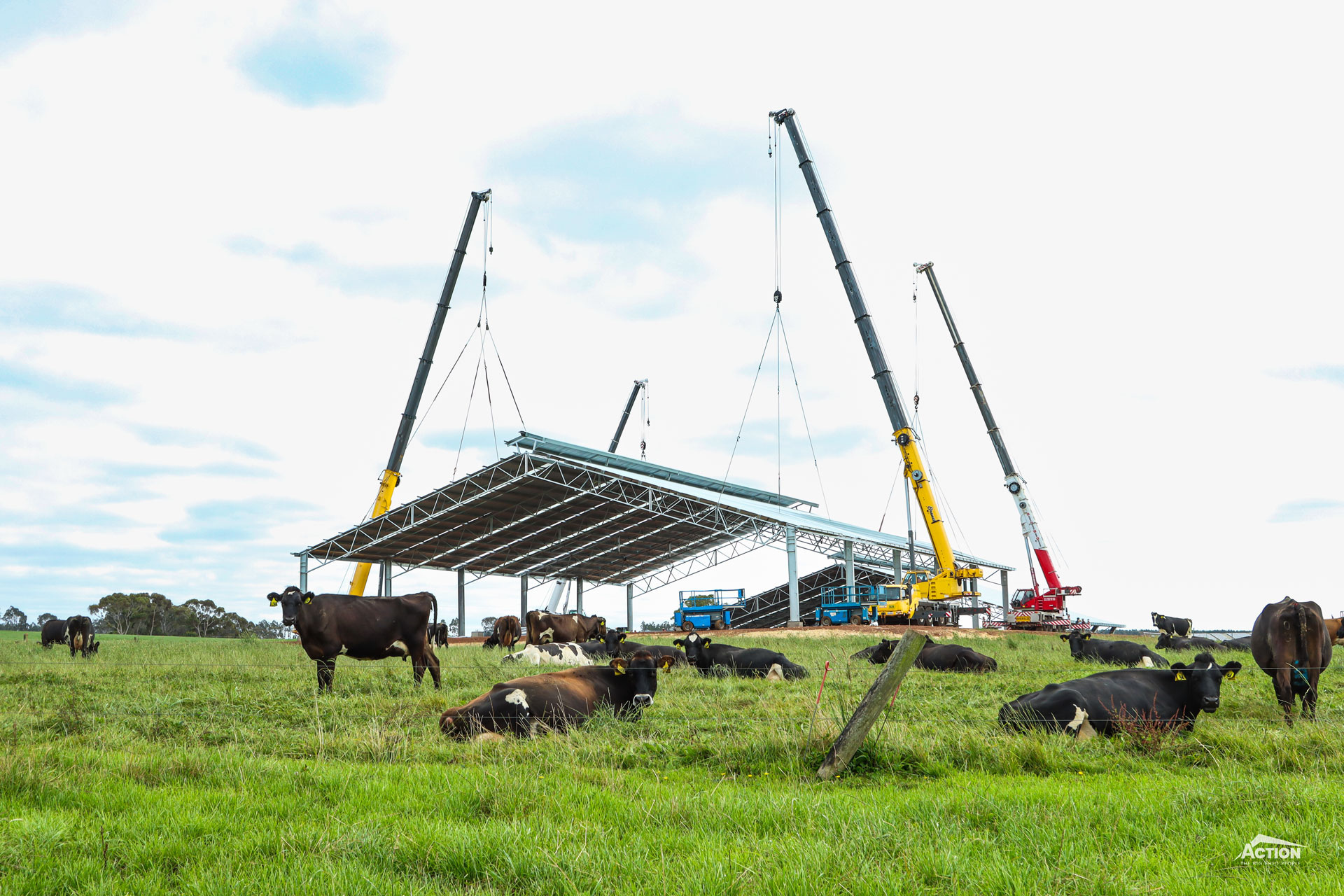Farm first aid kits should be tailored to suit the types of injuries that occur on farms. When compiling a first aid kit for your farm also take into consideration the number of people on the farm and the distance from medical services.
We’ve collated a list of items to include in your farm first aid kit.
Some of the things to include:
- Adhesive dressings
- Adhesive tape
- Antiseptic spray
- Bandages, triangular bandages
- Disposable gloves
- Emergency rescue blankets
- Eye pads
- First aid instruction booklet
- Gauze
- Heavy-duty crepe bandage
- Hydro gel sachets- if there is no access to clean running water
- Instant ice packs
- Large clean sheeting
- Notebook and pen/pencil
- Resuscitation mask, face shield
- Safety pins
- Saline
- Scissors
- Sealable plastic bags
- Sting relief cream/gel/spray
- Thermal blanket
- Torch/flashlight
- Tweezers, forceps
- Whistle
- Wound cleaning wipes
- Wound dressings
Medication like paracetamol or aspirin should not be included.
Other things to keep in mind
First aid kits should be large enough to hold all the required items, be easy to find, contain a list of all the contents and protect contents from dust and moisture.
Here are a few other points to keep in mind when it comes to first aid kits on the farm:
Conduct a risk assessment
Conduct a risk assessment to determine whether any additional first aid items and equipment are required, for example, an eye wash station and shower where workers are working with chemicals. A risk assessment can also help you decide where first aid kits should be located.
Where do you need first aid kits?
First aid kits should be available near high-risk injury areas. Workshops, shearing sheds, chemical storage, tractors, machinery and farm vehicles should all have quick and easy access to first aid kits. Soft pack kits, portable kits or wall mounted kits are available to suit the different locations.
Access to first aid kits
Quick and easy access to the first aid kit is important, so make sure kits are stored where they are easily accessible.
Having clear recognizable signage makes locating and accessing the kits faster and easier. Workers should also be made aware of the location of first aid kits during induction.
Keeping the kit stocked and up-to-date
Have a specific person responsible for restocking and maintaining the kits and ensuring kits comply with Australian standards.
Any used, out-of-date or damaged items should be replaced as soon as possible.
Useful Resources
National Centre For Farmer Health First Aid & Emergencies Information
A collection of information and resources on wound care, snake bites, medical shock, poisoning, eye injuries and more.
Risks and hazards associated with hay storage include unstable stacks and falling bales which is why hay needs to be stored safely and securely.

How Safe Is Your Shearing Shed?
The list of physical injuries associated with sheep handling and shearing is certainly an extensive one – from general strains and sprains to broken bones and muscle damage.
*Disclaimer* This advice is general only. Please speak to relevant health and safety authorities to ensure your workplace meets standards and requirements.








